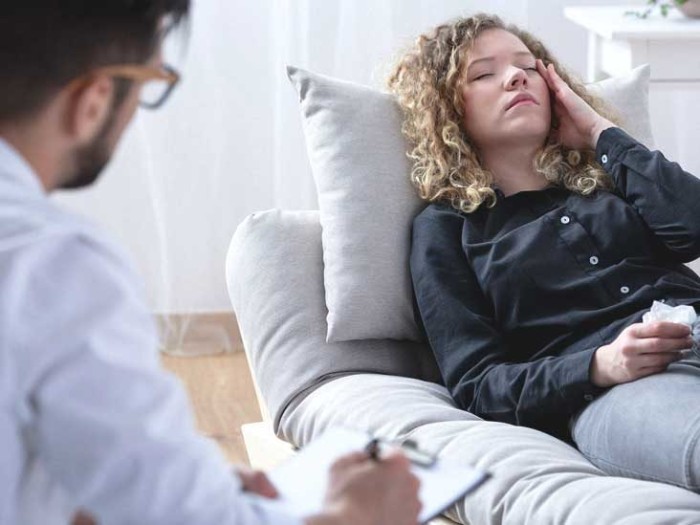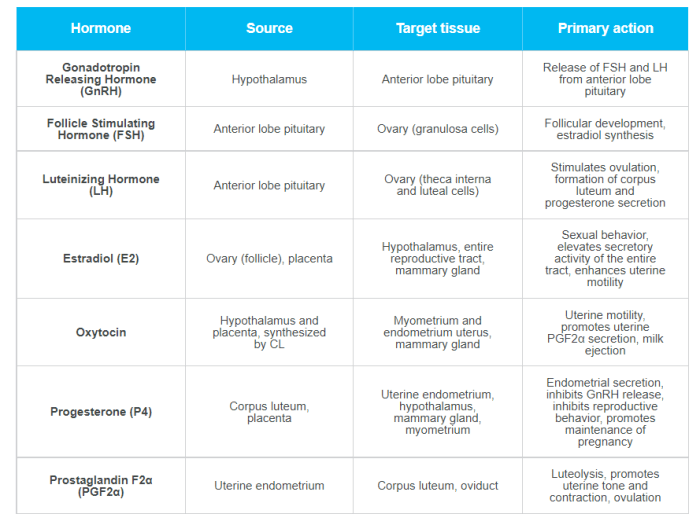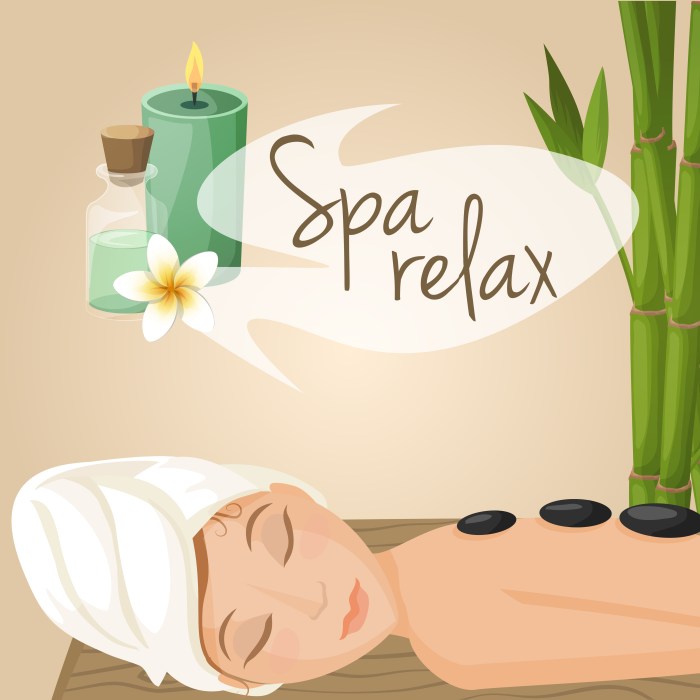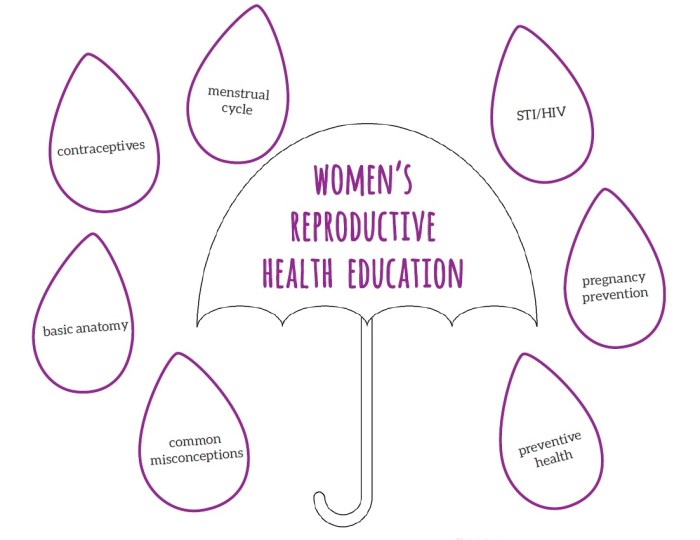
Embark on a journey through the intricate world of nosophobia, where fears of illnesses and diseases take center stage, impacting mental health in profound ways.
Unveil the layers of nosophobia as we delve into its causes, manifestations, and coping strategies for those grappling with this daunting phobia.
Fear of illness or disease (Nosophobia)
Nosophobia is a specific phobia characterized by an intense fear of contracting a specific disease or illness. This fear can significantly impact an individual’s mental health, leading to heightened anxiety, stress, and even physical symptoms.
Common Causes and Triggers of Nosophobia
Nosophobia can be triggered by various factors, including past traumatic experiences with illness, a family history of severe medical conditions, exposure to media coverage of diseases, or heightened health concerns due to personal vulnerabilities. Additionally, individuals who struggle with anxiety disorders may be more prone to developing nosophobia.
- Previous Traumatic Experiences: Individuals who have had negative experiences with illness or medical procedures in the past may develop a fear of similar situations.
- Family History: A family history of severe illnesses or diseases can increase the likelihood of developing nosophobia.
- Media Exposure: Extensive media coverage of diseases and outbreaks can fuel health anxiety and trigger nosophobia in susceptible individuals.
- Anxiety Disorders: People with existing anxiety disorders, such as generalized anxiety disorder or obsessive-compulsive disorder, may be more susceptible to developing nosophobia.
Manifestations of Nosophobia
Nosophobia can manifest in different ways, such as hypochondria or excessive health anxiety. Individuals with nosophobia may constantly worry about their health, experience frequent panic attacks related to illness, avoid medical settings or information, or engage in excessive health-checking behaviors.
- Hypochondria: Individuals with nosophobia may exhibit hypochondriac tendencies, constantly fearing they have contracted a serious illness despite reassurances from medical professionals.
- Excessive Health Anxiety: Nosophobia can lead to heightened health anxiety, causing individuals to obsessively monitor their health, seek multiple medical opinions, and engage in frequent self-diagnosis.
Coping Mechanisms and Treatment Options
There are various coping mechanisms and treatment options available for individuals experiencing nosophobia. These may include therapy, medication, lifestyle changes, and self-care practices to manage and alleviate the fear of illness.
- Therapy: Cognitive-behavioral therapy (CBT) can help individuals challenge and reframe their fears, develop coping strategies, and gradually confront their anxiety triggers.
- Medication: In some cases, medications such as antidepressants or anti-anxiety drugs may be prescribed to manage severe anxiety symptoms associated with nosophobia.
- Lifestyle Changes: Engaging in regular physical activity, maintaining a healthy diet, practicing relaxation techniques, and getting an adequate amount of sleep can help reduce overall anxiety levels.
- Self-Care Practices: Mindfulness meditation, deep breathing exercises, journaling, and connecting with a support system can also be beneficial in managing nosophobia symptoms.
SPA AND WELLNESS
Spas play a crucial role in promoting relaxation and overall well-being by offering a variety of treatments that help individuals unwind and rejuvenate. These experiences not only provide physical benefits but also contribute to mental health and stress relief.
Benefits of Spa Treatments
- Massage Therapy: Massage treatments can help reduce muscle tension, improve circulation, and promote relaxation. Different techniques like Swedish, deep tissue, or hot stone massage offer unique benefits for the body.
- Facials: Facials help cleanse, exfoliate, and nourish the skin, leaving it glowing and rejuvenated. They can also address specific skin concerns like acne, aging, or dryness.
- Aromatherapy: Aromatherapy treatments involve the use of essential oils to promote relaxation, reduce anxiety, and enhance mood. Different scents like lavender, peppermint, or eucalyptus offer various therapeutic effects.
Connection Between Spa Experiences and Mental Health
Spa experiences have a profound impact on mental health by providing a space for relaxation, self-care, and mindfulness. The tranquil environment, soothing treatments, and therapeutic techniques help individuals reduce stress, anxiety, and improve overall well-being.
Tips for Creating a Spa-like Experience at Home
- Set the mood with calming music, dim lighting, and scented candles to create a relaxing ambiance.
- Use bath salts, essential oils, or body scrubs for a DIY spa treatment at home to pamper yourself.
- Practice deep breathing, meditation, or gentle stretches to promote relaxation and reduce stress.
- Indulge in a warm bath, facial mask, or self-massage to unwind and rejuvenate your body and mind.
REPRODUCTIVE HEALTH
Reproductive health refers to the state of complete physical, mental, and social well-being in all matters relating to the reproductive system. It is crucial for individuals’ overall well-being as it encompasses the ability to have a satisfying and safe sex life, the capability to reproduce, and the freedom to decide if, when, and how often to do so.
Common Reproductive Health Issues
- Infertility: The inability to conceive after trying for a certain period, which can be caused by various factors such as hormonal imbalances, age, or underlying health conditions.
- Menstrual Disorders: Irregular periods, heavy bleeding, or painful cramps can indicate menstrual disorders that may affect reproductive health.
- Sexually Transmitted Infections (STIs): Infections transmitted through sexual contact, such as chlamydia, gonorrhea, or HIV, can impact reproductive health and overall well-being.
Impact on Mental, Emotional, and Social Aspects
Reproductive health issues can have profound effects on individuals’ mental, emotional, and social well-being. The stress of dealing with infertility, the discomfort of menstrual disorders, or the stigma associated with STIs can lead to anxiety, depression, and strained relationships.
Tips for Maintaining Good Reproductive Health
- Practice Safe Sex: Use condoms to reduce the risk of STIs and unintended pregnancies.
- Eat a Balanced Diet: Nutritious food can support reproductive health by providing essential nutrients and maintaining hormonal balance.
- Exercise Regularly: Physical activity can help regulate menstrual cycles and improve overall health.
- Get Regular Check-ups: Routine visits to healthcare providers can help detect and address reproductive health issues early.
HEALTH PHOBIAS

Phobias related to health, such as nosophobia, hypochondria, and germaphobia, can have a significant impact on individuals’ daily lives, relationships, and mental health. These phobias can lead to excessive worry, avoidance behaviors, and negative effects on overall well-being.
Overview of Health Phobias
- Nosophobia: Fear of contracting a specific disease or illness, often leading to obsessive thoughts and behaviors related to avoiding potential sources of infection.
- Hypochondria: Excessive fear of having a serious medical condition, despite minimal or no symptoms, leading to frequent doctor visits and medical tests.
- Germaphobia: Fear of germs or contamination, resulting in compulsive handwashing, avoidance of public spaces, and heightened anxiety in situations perceived as unclean.
Impact on Daily Lives and Mental Health
- Health phobias can disrupt normal daily activities, causing distress and impairment in social, work, and personal relationships.
- Individuals may experience heightened anxiety, panic attacks, and depression due to constant worry about their health and potential illness.
- Obsessive thoughts and behaviors related to health phobias can consume a significant amount of time and energy, affecting overall quality of life.
Treatment Options and Therapies
- Cognitive-behavioral therapy (CBT) can help individuals challenge and change negative thought patterns associated with health phobias.
- Exposure therapy, gradual exposure to feared situations or objects, can desensitize individuals to their fears and reduce avoidance behaviors.
- Medication, such as antidepressants or anti-anxiety drugs, may be prescribed to manage symptoms of anxiety and depression related to health phobias.
Strategies for Managing and Overcoming Health Phobias
- Joining support groups or therapy sessions with others experiencing similar phobias can provide a sense of community and understanding.
- Practicing relaxation techniques, mindfulness, and stress-reducing activities can help individuals cope with anxiety and fear associated with health phobias.
- Setting realistic goals, creating a structured routine, and gradually facing fears with the support of a therapist can aid in overcoming health phobias.
Ultimate Conclusion

In conclusion, nosophobia unveils a complex interplay between fear and mental well-being, shedding light on the importance of addressing these anxieties with compassion and understanding.
Essential Questionnaire
What are some common triggers of nosophobia?
Common triggers include past traumatic experiences, excessive exposure to health-related information, and pre-existing anxiety disorders.
How can one differentiate between nosophobia and general health concerns?
Nosophobia often involves an irrational fear or obsession with contracting a serious illness, whereas general health concerns are more rooted in rational thinking and preventive care.
Are there effective treatment options for nosophobia?
Treatment options may include therapy, cognitive-behavioral techniques, and medication in severe cases, tailored to address the specific fears and triggers of the individual.







